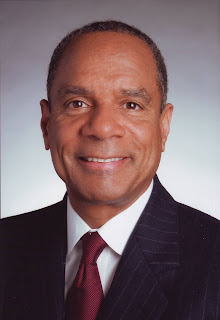Finding out why this happens was the task of Victoria (Shu)Zhang, Aharon Cohen Mohliver, and Marissa King in research published in Administrative Science Quarterly. To get to the core of the problem, the
researchers made two important innovations. The first innovation was to look
carefully at how doctors are connected to each other through their patient
sharing. Patient sharing means that the same patients see more than one doctor
and implies that the doctors can communicate and learn from each other. Through
their network of patient-sharing peer doctors, they can learn how to follow
good practice, or they can learn how to deviate from it.
The second innovation was to distinguish deviant (illegal)
over-prescription from marginal over-prescription. Marginal over-prescription
is when the doctor prescribes too much according to good practice, but not so
much that it clearly violates legal limits. This is a liminal (borderline)
practice, and accounts for more over-prescription than deviant
over-prescription. Much more: 56 percent is liminal, as opposed to 9 percent
deviant. The rest is by doctors who cannot be easily classified as either
deviant or liminal.
So how do doctors learn from their network? The answers are
disturbing. Any kind of over-prescribing in the network (liminal or deviant)
encourages any kind of over-prescribing by the doctor (liminal or deviant).
Network misconduct promotes physician misconduct. So what distinguishes between
doctors engaging in one or the other of these types of over-prescribing? It
turns out that doctors with a central position (many connected peers) or a
cohesive position (connected peers are connected to each other) were more
likely to engage in deviant, criminal over-prescription. Looser connected
network positions encouraged liminal over-prescription.
What about doctors being more or less honest? We often think
of people as being different in integrity and willingness to violate norms and
break laws. We may even imagine that people differ in their tendencies to build
networks depending on who they are. Part of the strength of this research is
how carefully the researchers examined this explanation, finding that the
network had strong effects even when accounting for many alternative
explanations.
Which is not to say that doctor differences don’t exist. In
fact, high workloads led to much more liminal over-prescription but only a minor
increase in deviant over-prescription. Illegal prescription was mostly related
to age – young doctors or doctors near retirement age were more likely to do
it.
These are disturbing answers because they show that laws and
norms are not enough. Laws regulate deviant/illegal over-prescription, but that
accounts for a minority of the dangerous prescription. Norms are learnt, but
findings on network effects show that the physicians learn liminal
over-prescription just as well as normative best practice. And here is the most
worrying part of the research, which I did not write until now. The
patient-sharing networks the researchers measured were not captured through
shared prescription of benzodiazepines or any other mental health drug—only
regular drugs. This research shows that networks not organized around
misconduct can produce misconduct learning.














